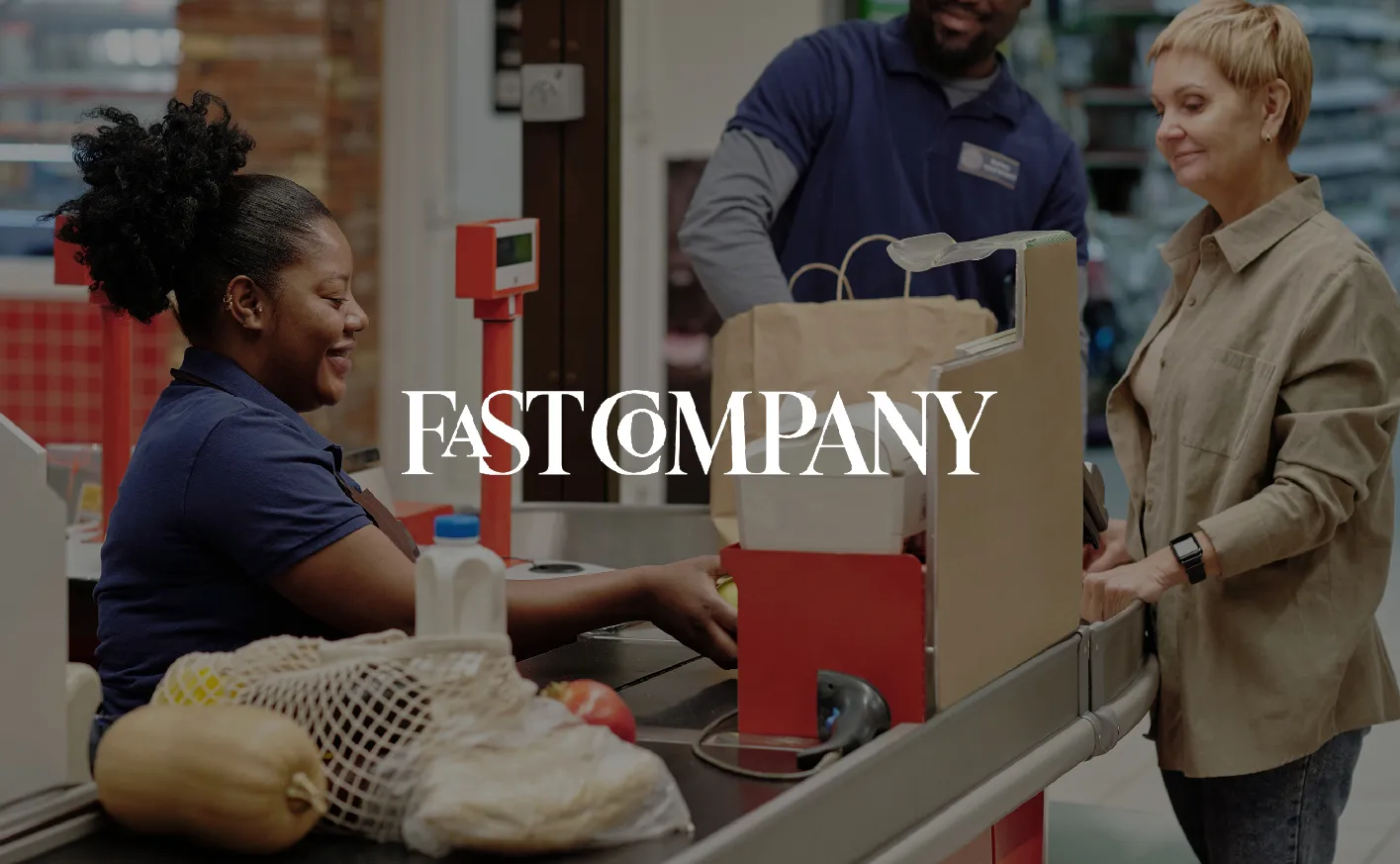This post originally appeared in Fast Company.
As a brand, it’s not enough to understand just the demographic segmentations of your audience. It has to be deeper than that.
It’s not every day that good news becomes newsworthy, but a recent headline stopped me in my tracks: “Grocery Store Opens ‘Chat Registers’ for Lonely Customers.”
It all started in 2019 when Jumbo, a Dutch supermarket chain, kicked off a pilot project to help tackle loneliness in the Netherlands. According to a study cited in that article, 26% of Dutch people older than 15 feel at least moderately lonely. That proportion rises to 33% among those over 75.
In response, Jumbo opened 200 chatty lanes for customers who are not in a rush and looking to chat with their cashier, and other grocers have followed suit.
One Sobeys branch in Edmonton, Canada, has begun experimenting with its version of this initiative. They’re calling it the “slow social lane.”
So, what can brands learn from these initiatives and their chatty cashiers?
As important as defining a core customer and serving their needs, there are opportunities to meet the needs of other segments to help you grow your share through empathy.
There is an epidemic of loneliness in America. 36% of all Americans—including 61% of young adults and 51% of mothers with young children—feel “serious loneliness.”
Other reports also show that immigrants and members of the LGBT community are also at higher risk of experiencing loneliness and social isolation. Latino immigrants, for example, report having fewer social ties and social integrations than US-born Latinos. Similarly, LGBT populations experience more loneliness than their heterosexual peers due to discrimination, stigma and barriers to essential services like health care.
Grocery stores and a myriad of other businesses can help address this epidemic given that “people trust businesses more than government, nonprofits, and media” according to the Edelman Trust Barometer survey and its 32,000 respondents. Over 60% said businesses are seen as both competent and ethical, with the government lagging at 51%. This was largely attributed to how companies handle issues such as inflation, climate change and even nuclear war.
With this data in mind, it makes perfect sense why the Jumbo and Sobeys’ social lanes have received such a positive response from customers to media outlets.
Would a government-led initiative addressing loneliness or a similar issue be met with as much enthusiasm? The data tells us probably not.
The examples mentioned above are not marketing exercises. They are the bar brands must meet to earn buyers’ trust and loyalty. Only then can you earn their business.
As someone who loves to work with brands committed to making a difference, here are two ways companies can earn their consumer’s business:

1. Identify and Address the Unmet Needs of Your Customers
If you want to succeed as a brand, meet your customers’ needs. But if you’re going to thrive as a brand, address your customers’ unmet needs. It’s the only way to stand out in your industry.
But how? Challenge the dominant narrative of your industry and customer base.
Despite our best intentions, many of us unintentionally default to dominant norms and assumptions, like loneliness exclusively affects the elderly, for example. But as we saw from the data above, that’s not the whole story.
I would hate for a mother with young children or a newly arrived immigrant to read about Jumbo’s initiative in the local paper and exclude themselves from queuing up in a chatty lane just because their populations were not cited in the article.
So quit homogenizing diverse groups, pay attention to the different dimensions of identity and experience, and most importantly, keep empathy, nuance and context top of mind when brainstorming marketing initiatives.
2. Meet Your Community Where They Are
In a world where self-checkout lanes and same-day delivery services are speeding things along in the supermarket industry, Jumbo and Sobeys offer their customers the option to slow down.
These brands realized that for every person who has to rush through the grocery store to make it in time for dinner, there’s a customer who has the time and/or needs to make light conversation.
As a brand, it’s not enough to understand just the demographic segmentations of your audience. It has to be deeper than that. The best practice is to take the time to think about the scope of diversity and the myriad of ways your brand’s message can be interpreted.



